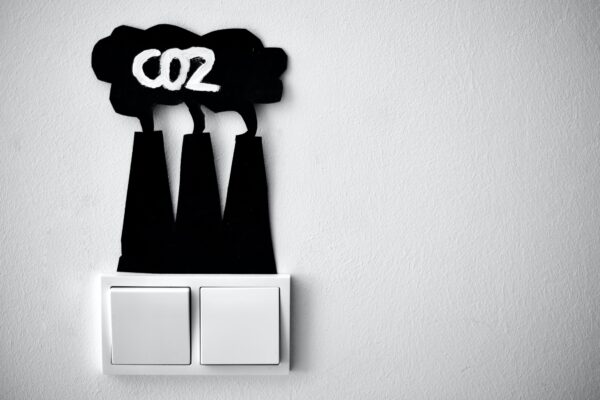Researchers at Imperial College London, recently published a research report (in Environmental Science & Technology Letters, July 19, 2022) comparing estimates of carbon captured and sequestered worldwide between 1996 and 2020, finding that the reported figures overestimate the actual amount by 19 to 30 percent.
Carbon captured during this period was calculated to be 197 million tons, but the researchers pointed out that the lack of a consistent reporting framework raises the possibility that this is an overestimate from the actual amount of carbon captured. Researchers compared the figures currently reported by think tanks such as the IEA, and found that when CCS (carbon capture and storage) facilities report only capture capacity, storage rates could be overestimated.
Based on data from 20 facilities since 1996, the total annual CO2 recovery is reported to be 36 Mt of CO2 per year. Researchers looked at the capture and storage capacity of 20 of the 26 CCS facilities worldwide and estimated that 29 Mt of CO2 was geologically stored in 2019, and cumulative storage was 197 Mt during 1996-2020. Furthermore, as of 2021 the annual global capture capacity from those 26 facilities is estimated to be 40 Mt of CO2 per year. Comparing these figures with those reported by think tanks, researchers noted that the widely-used capture capacity rates are overestimated by 19-30%, and argue that requiring facilities to report actual capture rates would help us to more accurately understand how well CCS is working.
The researchers noted that the CCS facilities contribute to climate mitigation, but that the reporting framework to accurately collect the results should include detailed information on the intended capture rate capacity, maximum capture rate capacity, CO2 annual recovery, CO2 annual transport, CO2 annual storage, quality assurance measures such as third-party audits, and reasons why the CCS facility could not operate as intended.
The Japanese government is currently promoting CCS as part of its decarbonization strategy, and the Ministry of Economy, Trade and Industry (METI) released the document “CCS Long-term Roadmap Review Meeting, Interim Summary” in May earlier this year. According to this summary, the annual storage volume of CCS as of 2050 is expected to be approximately 120 to 240 million tons, with government support, such as subsidies, to incentivize projects. At present, however, only 300,000 tons of CO2 in total have been stored at the Tomakomai demonstration site.
It would be a significant problem if the amount of carbon that has been captured and stored with CCS was overestimated because its actual status was unknown. Priority should be given to the conversion to renewable energy sources, which are reliable reduction measures, and to promoting the shift away from coal-fired thermal power generation. CCS should be positioned as a last-resort technology for capturing CO2 emissions that cannot be reduced by any other means.
Article:
An Estimate of the Amount of Geological CO2 Storage over the Period of 1996–2020
https://pubs.acs.org/doi/10.1021/acs.estlett.2c00296
Additional Information:
- Imperial College London: Carbon captured and stored since 1996 is significant but overestimated
- IEEFA: Imperial College: Global carbon capture rates inflated as much as 30%
- IEA: Carbon capture, utilisation and storage
- Energy Monitor: Why Japan is pushing CCS in South East Asia
Related Reading:
- 【Position Paper】Risky Dreams: Carbon Capture, Utilization, and Storage (CCUS) (August, 2019)
- 【News】New pamphlet “GENESIS Matsushima Project and its Critical Issues” (July 7, 2022)

